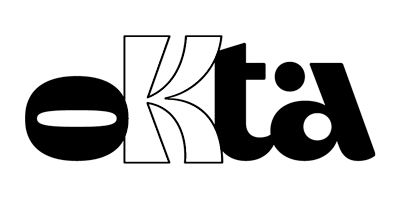A Brand is More Than a Logo
- Okta Branding
- Feb 5, 2019
- 2 min read
What do you understand by "brand"? A logo? A symbol? Visual identity? A TV commercial? Although brands originally emerged from the need to identify the origin of products through a symbol, today they play a much more complex role in our lives.
Brands are built from a deep set of meanings.
They are the intuitive perception, the spontaneous feeling that people have about your company, your product, or your service. For example, when you think of "Havaianas," what perception or feeling do you have? Beach? Heat? Fun? Relaxation? This image is what builds the Havaianas brand. And this is much more complex and intangible than just its logo.
Your brand is not what you say it is, but what people say it is.
It is the reputation, the image built over time in the consumer's mind. And you don't have complete control over it, although you have the power to influence it. Remember Havaianas, which used to focus its discourse on "doesn't deform, doesn't smell, doesn't release the straps" and was pejoratively seen as a "construction worker's flip-flop"? So, how did it become today an expensive product, a symbol of Brazilian style, worn by celebrities who want a laid-back look? They invested in branding.
Branding can be translated as the construction and management of brand value.
According to Neumeier, it is "satisfying customers so that MORE people buy MORE things for MORE years at a HIGHER price." And this is not necessarily something capitalist and bad. We here at Okta believe that brands have the power to deliver true value, provide good experiences, and build lasting and genuine relationships with people, positively impacting their lives. Consequently, this generates greater loyalty, more sales, and more profits, positively impacting the company as a whole. Therefore, it is a win-win relationship.
Branding is precisely understanding the unique and true essence of your brand and making it tangible at ALL touchpoints, to have the greatest possible control over the image you are building in the mind of your consumer. Therefore, the logo, visual identity, advertising, and any other element associated with the concept of a brand are mere consequences of what your brand truly is.
To learn more about the subject, we recommend the book "Zag – The 1st Strategy of High-Performance Brands" by Marty Neumeier.



